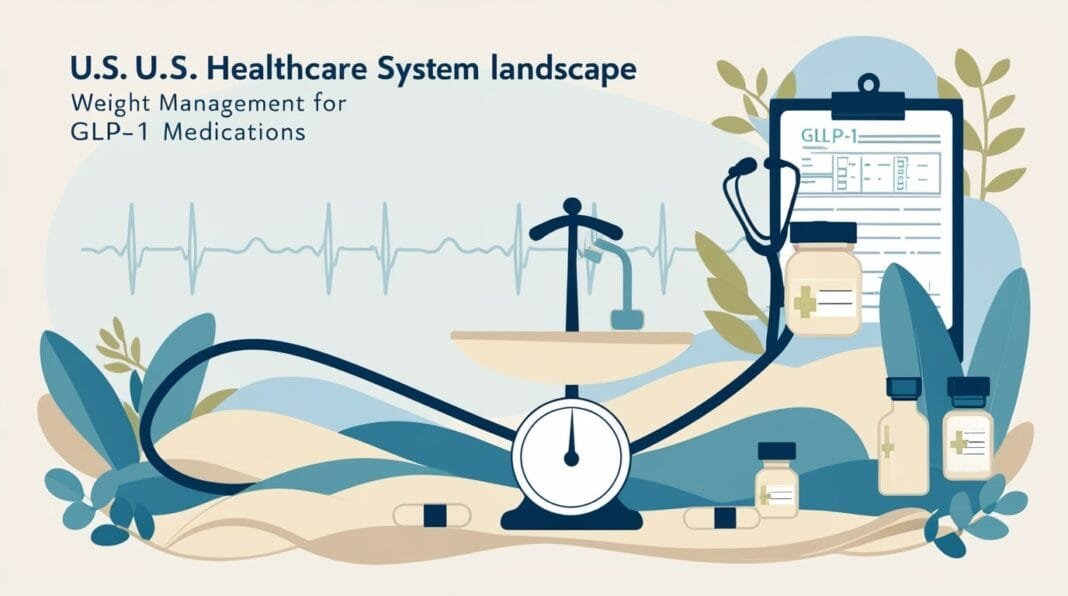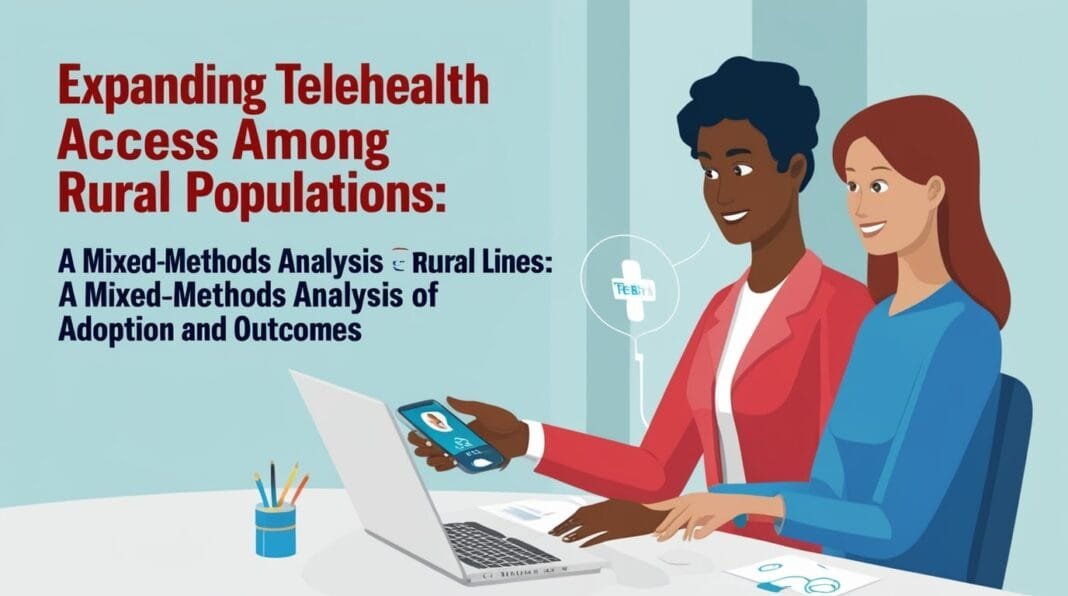Austro Ivermectin 12 mg: Therapeutic Use, Challenges, and Public Health Insights
Introduction
Austro Ivermectin 12 mg is a pivotal medication in treating parasitic worm infections, particularly roundworms. Effective treatment can significantly enhance quality of life and mitigate severe complications for individuals, especially those with compromised immune systems. This article provides an in-depth analysis of the drug’s uses, mechanisms, side effects, and accessibility challenges while highlighting its implications for public health. Perspectives from healthcare professionals, policymakers, and patients are integrated to present a holistic narrative supported by research.
Therapeutic Role of Austro Ivermectin 12 mg
Primary Use
Austro Ivermectin 12 mg, alongside Iverheal 12 mg, is a potent antiparasitic agent. It is prescribed for treating infections caused by roundworms and other parasites. By addressing such infections early, the medication reduces the risk of complications, including systemic illnesses and immune suppression.
Mechanism of Action
The drug binds selectively to glutamate-gated chloride ion channels found in the nerve and muscle cells of parasites. This binding leads to increased permeability of the cell membrane to chloride ions, causing paralysis and eventual death of the parasite. Notably, this mechanism targets parasites specifically, minimizing risks to human cells.
Pharmacokinetics
- Absorption: Achieves peak plasma concentration within 4 hours of oral administration.
- Distribution: Approximately 93% of the drug binds to plasma proteins.
- Metabolism and Excretion: Metabolized in the liver, primarily excreted in feces, with minimal renal excretion (<1%).
Precautions Before Using Austro Ivermectin
Health Conditions Requiring Caution
Patients with the following conditions should consult a healthcare provider before initiating treatment:
- Renal or Hepatic Impairment: Potential risks of drug accumulation and toxicity.
- Immunosuppression: Individuals with cancer, HIV/AIDS, or similar conditions require careful monitoring.
- Pregnancy and Breastfeeding: Limited data on safety; consult a physician before use.
Pediatric and Geriatric Use
- Not recommended for children weighing under 15 kg (33 pounds).
- Geriatric patients may require dosage adjustments based on metabolic and systemic conditions.
Symptoms of Parasitic Infections
Common symptoms that Austro Ivermectin addresses include:
- Fever and swollen lymph nodes
- Stomach discomfort and joint pain
- Fatigue, loss of appetite, and unintentional weight loss
- Neurological symptoms like fainting or rapid heartbeat in severe cases
Potential Adverse Effects
Common Side Effects
- Dizziness, nausea, and fatigue
- Rash and mild gastrointestinal discomfort
Severe Reactions
- Vision disturbances, skin rashes, and confusion
- Respiratory symptoms such as shortness of breath
- Hypotension, tachycardia, and postural instability
Overdose Symptoms
Large doses, especially self-administered, may lead to:
- Neurological symptoms such as ataxia and tremors
- Gastrointestinal distress, including vomiting and diarrhea
Challenges in Accessibility and Affordability
Cost and Insurance Barriers
The cost of Austro Ivermectin poses a significant challenge for uninsured patients. Medicaid plays a vital role in improving access, but coverage inconsistencies remain a barrier for many low-income populations.
Geographic Inequities
Patients in rural or underserved regions face logistical challenges in accessing medications due to limited healthcare infrastructure. Collaborative initiatives involving governments and non-profits can address these disparities.
Impact of Misuse and Overregulation
Increased misuse for unapproved indications has led to stricter regulatory measures, sometimes limiting legitimate access. Public awareness campaigns can mitigate this issue by promoting informed use.
Economic and Public Health Considerations
Health Equity
Disparities in treatment availability disproportionately affect marginalized groups. Expanding community health programs and improving affordability are essential steps to bridge these gaps.
Economic Impact
Untreated parasitic infections impose a significant economic burden through increased healthcare costs and productivity loss. Enhancing access to Austro Ivermectin reduces these long-term societal costs.
Expert Recommendations and Actionable Solutions
- Insurance Reforms: Advocate for expanded Medicaid coverage and affordable pricing structures.
- Community Health Outreach: Develop local distribution systems and mobile clinics to reach underserved populations.
- Regulatory Oversight: Strengthen prescription guidelines to minimize misuse without restricting legitimate access.
- Research and Development: Support clinical studies to improve treatment protocols and address safety concerns.
Insights from Key Stakeholders
Healthcare Providers
Clinicians emphasize personalized treatment approaches and the need for regular follow-ups to monitor efficacy and manage side effects.
Policymakers
Policy reforms, such as increasing funding for healthcare programs and ensuring equitable medication distribution, are vital for improving access.
Patients
Affordability, accessibility, and awareness are recurring themes in patient feedback. Addressing these concerns is crucial to fostering trust and adherence.
Conclusion
Austro Ivermectin 12 mg serves as a critical treatment for parasitic infections, offering significant health benefits and public health value. Overcoming challenges in accessibility and affordability requires a multi-stakeholder approach that includes policy reforms, public education, and investment in healthcare infrastructure.
Disclaimer
This article is for informational purposes only and should not replace medical advice from a qualified healthcare provider. Readers are encouraged to consult their physicians for personalized guidance.
References
- Centers for Disease Control and Prevention (CDC)
- Target Page: Parasitic Diseases
- Anchor: CDC’s Guide on Parasitic Diseases
- World Health Organization (WHO)
- Target Page: Control of Neglected Tropical Diseases
- Anchor: WHO’s Strategy for Treating Parasitic Infections
- National Institutes of Health (NIH)
- Target Page: Ivermectin: Drug Information
- Anchor: NIH’s Detailed Overview of Ivermectin
- MedlinePlus (U.S. National Library of Medicine)
- Target Page: Ivermectin Usage and Precautions
- Anchor: MedlinePlus Drug Information on Ivermectin
- PubMed (National Library of Medicine)
- Target Page: Studies on Ivermectin Safety and Efficacy
- Anchor: Peer-Reviewed Studies on Ivermectin
- Harvard T.H. Chan School of Public Health
- Target Page: Global Health Equity
- Anchor: Addressing Health Disparities and Equity
- American Society of Tropical Medicine and Hygiene (ASTMH)
- Target Page: Treatment Protocols for Tropical Diseases
- Anchor: Guidelines for Treating Parasitic Infections
- Mayo Clinic
- Target Page: Drug Interactions and Precautions
- Anchor: Comprehensive Guide to Drug Interactions
- Johns Hopkins University School of Medicine
- Target Page: Public Health and Infectious Diseases
- Anchor: Research on Infectious Disease Treatment
- National Center for Biotechnology Information (NCBI)
- Target Page: Ivermectin Pharmacology
- Anchor: Mechanisms of Action and Pharmacokinetics of Ivermectin






